Welcome to our Articles, your go-to resource for strategies and insights into effective literacy intervention.
The Literacy Support Kit (LSK) bridges foundational gaps in phonics and handwriting, providing flexible, targeted resources to support struggling readers and writers.
In addition to phonics, developing a deep understanding of morphology—studying word structure—is a crucial step in advancing literacy.
Together, phonics and morphology create a powerful combination for literacy growth.

S.M.A.R.T. Spelling Overview
If your students’ reading is improving but their spelling is still lagging behind, it’s time to introduce S.M.A.R.T. Spelling. S.M.A.R.T. Spelling is a simple, structured way to teach spelling. It breaks spelling into five key skills that are taught one at a time, in a clear and logical order. Students are shown how to think about spelling, not just guess or memorise.

S.M.A.R.T. Spelling – Segmenting
Segmenting is the foundation of skilled spelling—and for students living with dyslexia, it’s the skill that needs the most structure, repetition, and support. At its core, segmenting means breaking a word into individual sounds (phonemes), then matching each sound to a spelling choice (grapheme).

S.M.A.R.T. Spelling – Morphemes
Spelling isn’t just about sounds—it’s also about meaning. English is a morphophonemic language, we use letters to represent both sounds (phonemes) and meaning (morphemes) if we don’t teach students about morphemes, they are missing out on half of the story of English!

S.M.A.R.T. Spelling – Vowel Choices
Vowel sounds in English are one of the biggest challenges in spelling. The same sound can be spelled in many different ways—and sometimes, letters don’t sound like themselves at all. This part of S.M.A.R.T. helps students think strategically about vowel sounds, instead of guessing or giving up.

S.M.A.R.T. Spelling – Rules
There’s some debate around the value of teaching spelling rules where it’s believed that too many “rules” can overload working memory and in some cases this is true. But from the perspective of a struggling learner, the picture looks different. S.M.A.R.T. isn’t about memorising rules for the sake of it.

S.M.A.R.T. Spelling – Tricky Words
Some words don’t follow typical spelling patterns. They may come from other languages, use rare letter combinations, have pronunciation (accent) differences, or be too complex for the student’s current conceptual framework. These are called Tricky Words, and they need specific, intentional strategies to help them stick.

Daily Reading and Spelling Drills
Building literacy is a process that requires daily commitment, particularly for students living with learning difficulties.
In this post, you’ll discover how to use reading and spelling drills to strengthen phoneme-grapheme correspondences, build fluency, and foster confidence.

Morphology & Struggling Readers
Unlocking Literacy Through Morphology English is a morphophonemic language, meaning it combines sound (phonics) with meaning (morphology). While phonics is vitally important as the foundation

Literacy Games
Literacy Games: Making Learning Fun and Engaging Incorporating games into literacy instruction can transform the learning experience, making it engaging and enjoyable for students. Games

Teaching High Frequency Words
High-Frequency Words: Supporting Fluency and Confidence in Struggling Readers High-frequency (HF) words are an essential component of literacy development. These words often appear frequently in

Cloze Exercises For Literacy Development
The Importance of Cloze Exercises in Literacy Development Cloze Exercises are a powerful tool in literacy education, particularly when working with students who need structured,

Using Structured Reading Sheets
The Importance of Reading Sheets and Practice in Literacy Development Reading fluency and accuracy are the cornerstone skills of literacy, and they form the foundation

Teaching Tracking And Blending
Using The LSK Tracking And Blending Resources Students may initially acquire single phoneme code quite easily but find difficulty in blending phonemes in a timely

A Guide To Teaching Handwriting
How to Use the Literacy Support Kit (LSK) Handrwiting Resources Why Handwriting Is Important Handwriting mastery is crucial for developing kids’ confidence and kinaesthetic memory,

Teaching The Alphabet – Guide
How to Use the Literacy Support Kit (LSK) Alphabet Resources Introducing the alphabet early while explicitly teaching phonemes one by one has multiple purposes and

Free Webinar – Word Cracking Demonstration
Unlock Literacy Success: Replay of the Word Cracker Webinar on new features and Literacy Intervention. We are thrilled to offer you the opportunity to watch
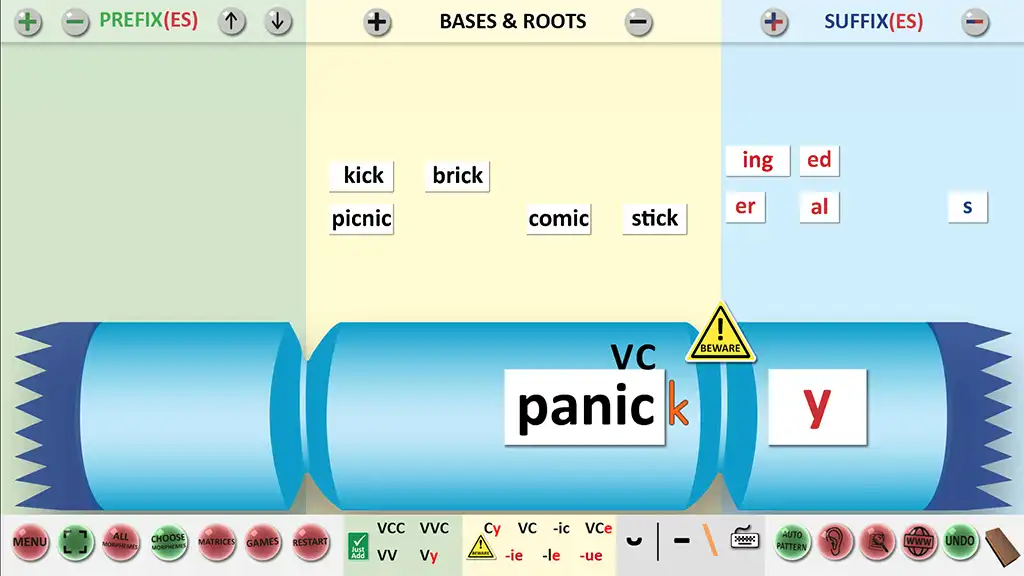
-ic Endings Add ‘k’ Rule
This is a tricky spelling rule because you need to be familiar with a number of rules for it to make sense. When words end

St Peter’s Woodlands And Word Cracking
Why 96% of St Peters Woodlands year-one students perform at, or above, literacy benchmarks! Watch the Video and read on to discover exactly how St
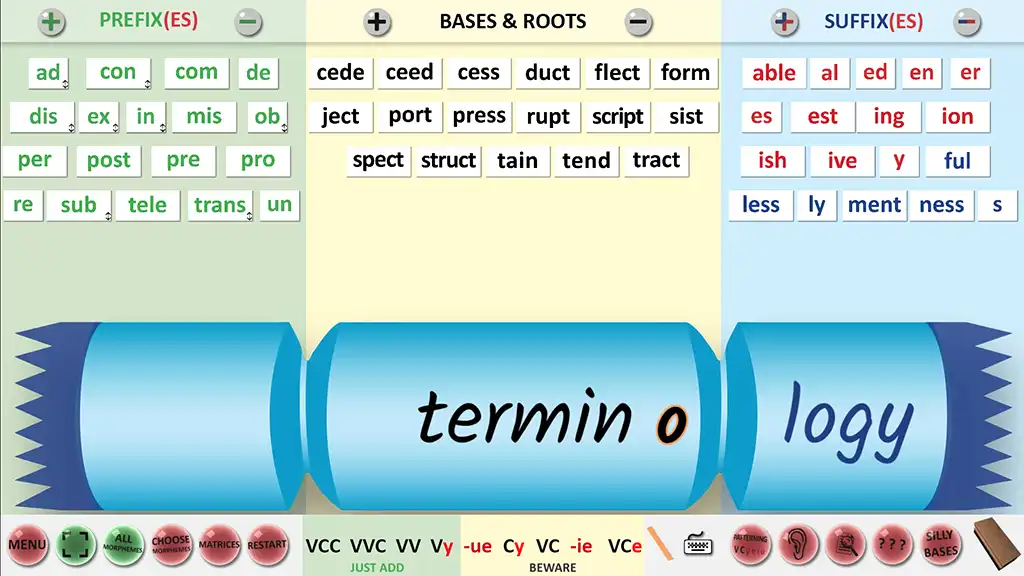
Word Cracking terminology
Defining the common terms you’ll see in the Word Cracking Resources In this article, we glossarise the common morphological terms you will see in the
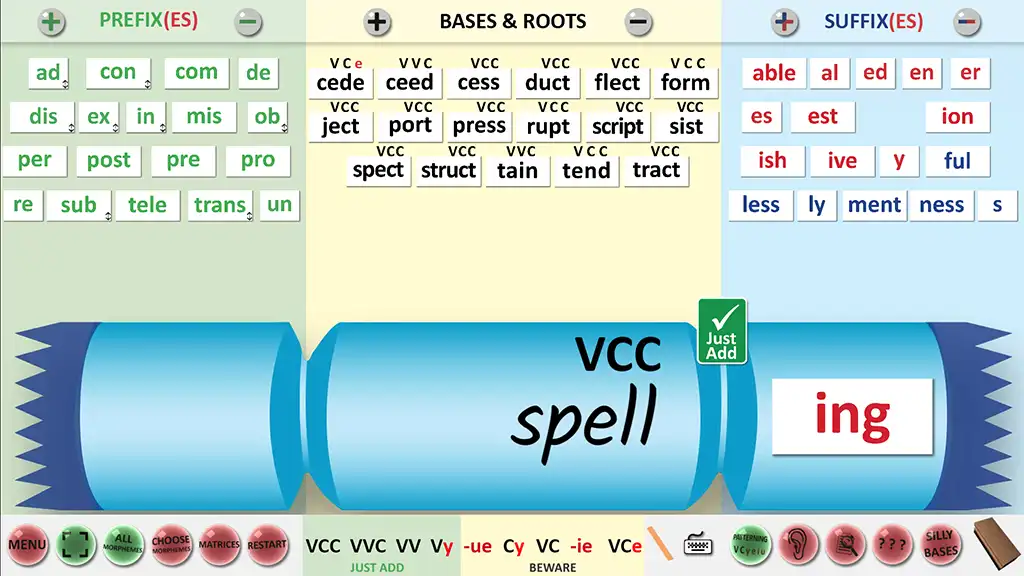
Morphology and Spelling
Morphology and its relation to Spelling Why, when, and how to incorporate it in literacy teaching. In this article, we are going to examine the
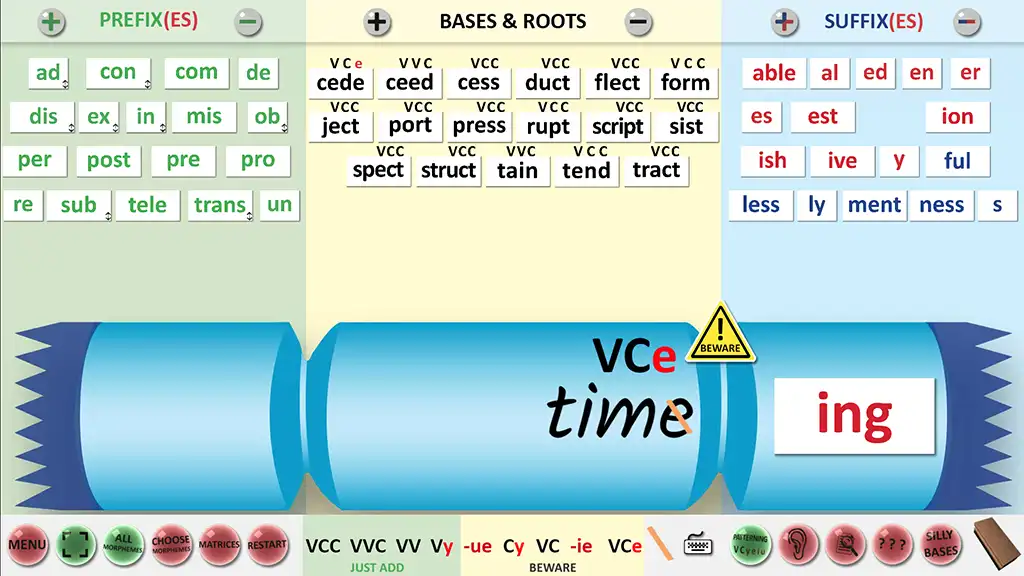
When do I start teaching Morphology?
Want to incorporate morphology into your teaching? – Start here You can incorporate morphology instruction into your program anytime you like. The only thing that
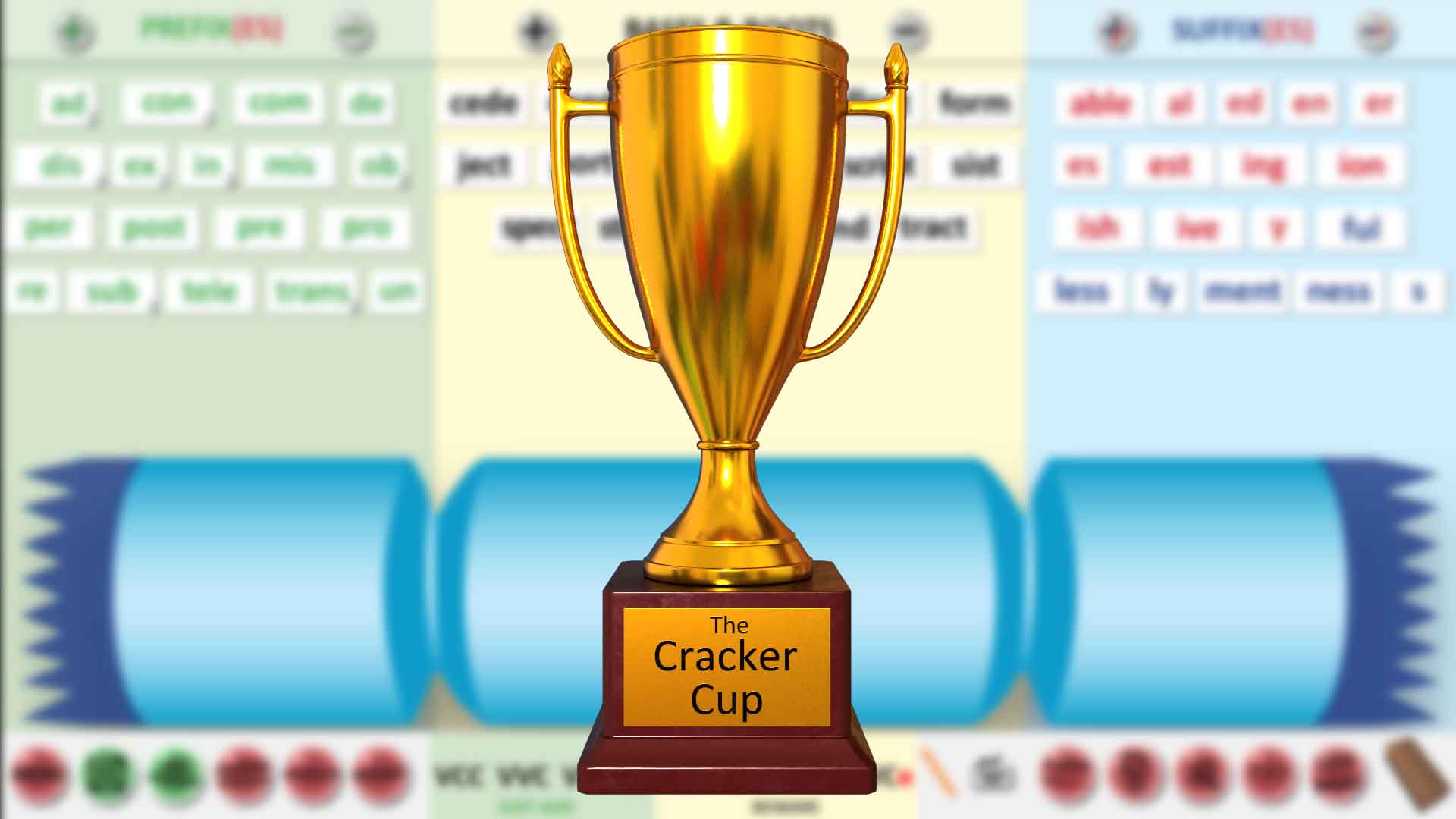
CRACKER CUP CHALLENGES: gamifying vocabulary development
When Sally and I wrote the original Word Cracker manual, we included a whole section of whole-class games centered around a perpetual trophy called The

“Whatology?” A Morphology Explainer for School Leaders
So, your teachers are talking to you about teaching morphology. Maybe your response is “whatology?” (like mine would have been when I was a member

What is morphology and how do I teach it at home?
Help! I’m a parent who has heard about morphology as an important part of literacy teaching, but I’m not even sure what the term means!
